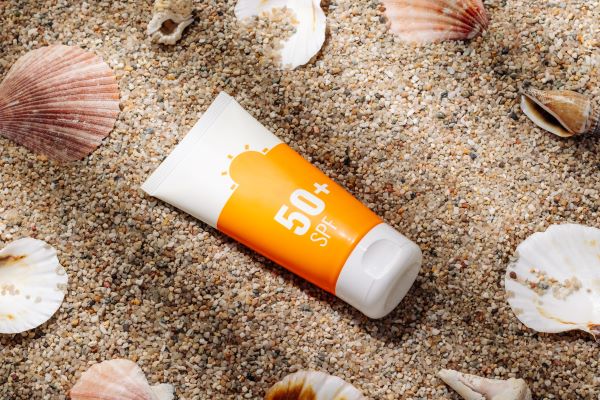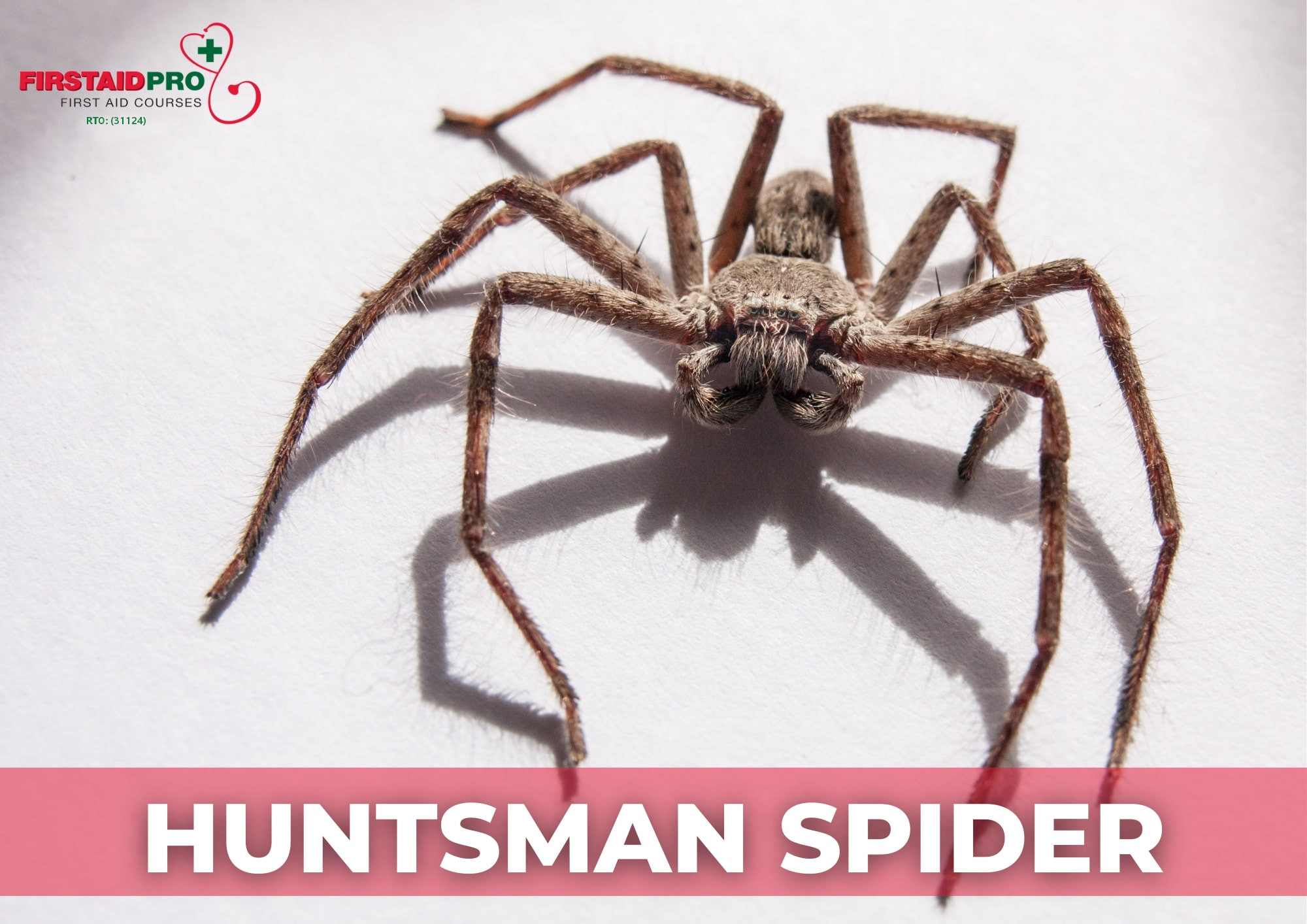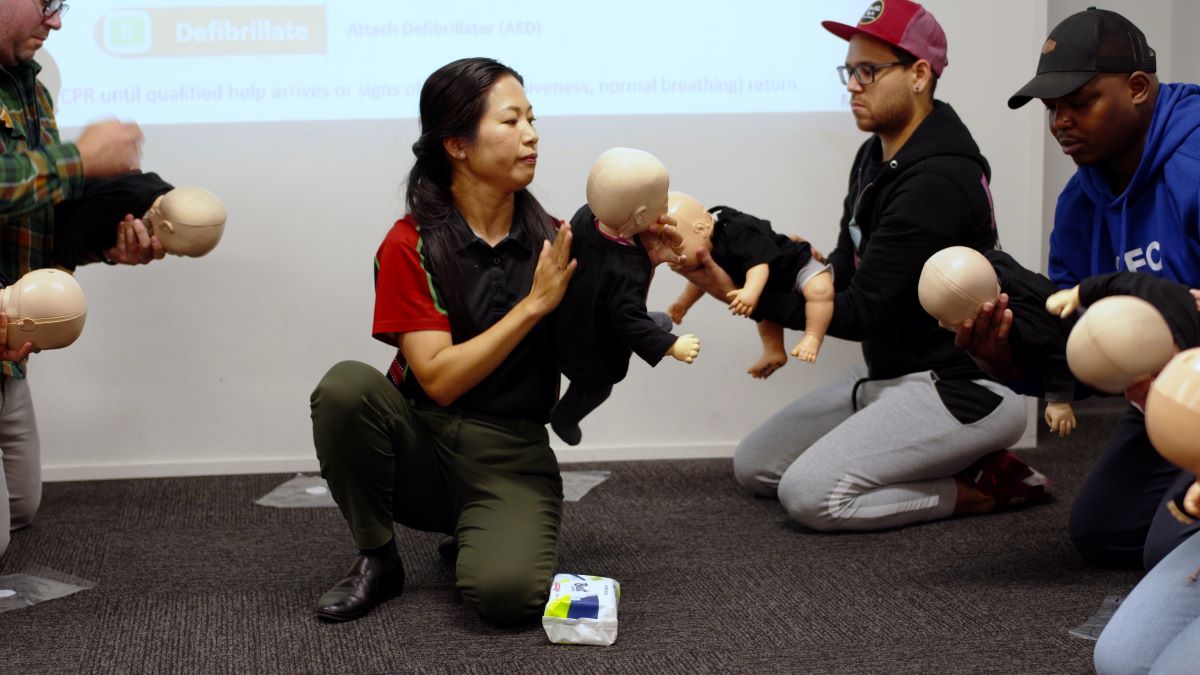First aid for falls: Falls are one of the leading causes of injury among older adults and can result in serious health complications. However, with proper fall prevention and first aid techniques, many falls can be avoided and injuries can be minimised.
In this blog, we will explore the importance of fall prevention and how to respond effectively in the event of a fall.
Facts About Falls
A fall is an event in which a person loses their balance and comes to rest on the ground or some other lower level.
Falls can occur due to a variety of reasons, such as slippery surfaces, uneven ground, poor lighting, or other hazards. It can also be caused by medical conditions, such as dizziness or vertigo, or side effect of taking certain medications.
Here are some important facts to know about falls:
- Falls are a leading cause of injury in older adults and can lead to serious injuries such as fractures, head injuries, and even death. It is also the second leading cause of traumatic brain injuries (TBI).
- Falls contribute to the development of chronic conditions, such as osteoporosis, and can lead to decreased mobility and independence.
- Risk factors for falls include old age, poor vision, balance and gait problems, certain medical conditions, and the use of certain medications.
- Many falls occur in and around the home and may be caused by hazards such as poor lighting, cluttered floors, and loose rugs.
- Falls can have a significant impact on the quality of life. It can have a major negative impact on an individual’s physical, emotional, and financial well-being.
To prevent falls, it is important to address these risk factors and to make changes to the environment to reduce hazards.
6 Fall and Injury Prevention Tips
The best way to prevent falls is by improving your surroundings and following these steps:
Exercise regularly
Regular exercise is one of the most effective ways to prevent falls. It helps improve muscle strength and flexibility, making it easier to maintain your balance and react quickly to potential hazards.
Exercises such as Tai chi, Yoga and balance training are safe to do by older adults and are particularly beneficial for fall prevention.
Check your vision
Poor vision can make it difficult to detect potential hazards, such as uneven surfaces or objects in the way. Regular eye exams can ensure that your vision is good and that you have the correct prescription for glasses or contact lenses.
Make home changes
Many falls occur in and around the home and may be caused by hazards such as poor lighting, cluttered floors, and loose rugs. By identifying and removing these hazards, you can reduce your risk of falling. You can do this by installing grab bars in the bathroom, adding non-slip mats in the shower, and securing loose rugs with double-sided tape.
Use assistive devices
Assistive devices such as canes or walkers can help to improve balance and stability, which can reduce the risk of falls. If you have balance or mobility problems, consider using an assistive device to help you get around more safely.
Be aware of the side effects of medications
Some medications can cause drowsiness or dizziness, which can increase the risk of falls. Make sure you know the side effects of any medications you take, and talk to your doctor or pharmacist if you have concerns.
Wear the right shoes
Wearing shoes that fit well and provide good support can help to reduce the risk of falls. Avoid high heels, slippers, or shoes with slick soles, as they can be difficult to walk in and can increase the risk of falling. Instead, choose shoes with non-slip soles and good arch support.
First Aid for Falls
The first aid steps for falls will vary depending on the severity of the injury, but generally, the following should be done:
- Call for emergency medical services. If the person is unconscious, suspected of having a head injury, has difficulty breathing, has a bone injury, or if the fall was from a significant height, call triple zero (000) immediately.
- Check the person for any obvious injuries, such as cuts, bruises, or broken bones. If the person is able to move and is not in pain, they may be able to walk away from the fall.
- If the person cannot move or is experiencing severe pain, keep them still in the position they landed in to prevent further injury.
- Control any bleeding by applying pressure to the wound with a clean cloth. Use the items found bleeding first aid kit to stop any further bleeding.
- Apply an ice pack to the injury for up to 20 minutes – this will help to reduce the pain and swelling.
- If the person is conscious and alert, ask them if they are feeling any pain or discomfort.
- Keep the person warm and comfortable until emergency services arrive. Continue supporting the injury until help arrives.
- Once emergency medical services arrive, follow their instructions and provide any information about the fall, such as how it happened and how long ago it occurred.
Falls are a common cause of injury and can result in serious injuries such as head trauma, broken bones, and internal injuries.
By providing first aid for falls, you can help the person to stay safe and stable until professional medical help arrives.
Learn First Aid Today
There is no greater act of human kindness than a bystander with the skills and confidence to step in and provide first aid support, especially in the event of falls.
Our Provide First Aid Course (HLTAID011) will give you the skills and confidence to respond to a range of first aid emergencies, including helping someone who has a bone, muscle or joint injury following a fall.
Book a first aid course today to learn more.







